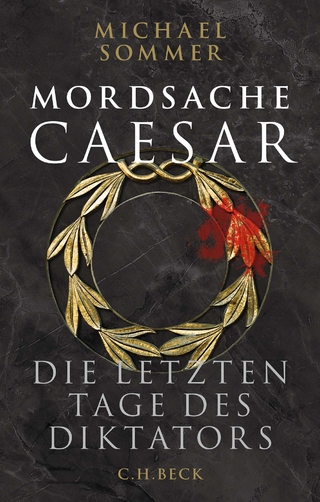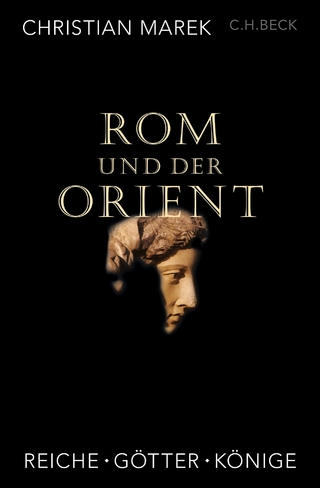
Before and after Babel
Oxford University Press Inc (Verlag)
978-0-19-763466-0 (ISBN)
“The Lord confused the language of all the earth,” so the Tower of Babel story in the Hebrew Bible's book of Genesis tells us to explain why the world's people communicate in countless languages while previously they all spoke only one. This book argues that the biblical confusion really happened in the ancient Near East, not in speech, however, but in writing. It examines the millennia-long history of writing in the region and shows a radical change from the third and second millennia to the first millennium BC.
Before “Babel” any intellectual who wrote did so as a participant in a cosmopolitan tradition with its roots in Babylonia, its language, and its cuneiform script. After “Babel” scribes from all over the eastern Mediterranean, including Greece, used a profusion of vernacular languages and scripts to express themselves. Yet they did so in dialogue with the Babylonian cuneiform tradition still maintained by the successive Assyrian, Babylonian, and Persian empires that controlled their world, oftentimes as acts of resistance, aware of cosmopolitan ideas and motifs but subverting them. In order to frame the rich intellectual history of this region in the ancient past Before and after Babel describes and analyzes the Babylonian cosmopolitan system, how ancient Greek, Hebrew, Aramaic, and other vernacular systems interacted with it in multiple and intricate ways, and their consequences.
Marc Van De Mieroop is Professor of History at Columbia University. His previous books include The Ancient Mesopotamian City, Philosophy before the Greeks, and, as coauthor, World in the Making: A Global History.
List of Illustrations
Introduction
Part I: The Babylonian Cosmopolis
The cuneiform sign
Chapter 1: Reading Gilgamesh in the Zagros Mountains: the eighteenth century BC
Chapter 2: In the spell of Babylonian writing
Chapter 3: Mystery Guardians of an ancient tradition
Chapter 4: The height of cosmopolitanism: Reading Gilgamesh in Hattusas
Coda
Part II: The Vernacular Millennium
The Tower of Babel
Chapter 5: Scrupulous continuity
Chapter 6: Luwian: The Ephemeral Success of a Non-Cosmopolitan Tradition
Chapter 7: Vernaculars that changed the world: Phoenician and Aramaic
Chapter 8: From minority languages to world literatures: the Hebrew case
Chapter 9: From minority languages to world literatures: the Greek case
Chapter 10: The vernacular and its consequences
Epilogue: Clash of cosmopoleis?
Bibliography
Index
| Erscheinungsdatum | 07.12.2022 |
|---|---|
| Zusatzinfo | 11 b/w illustrations |
| Verlagsort | New York |
| Sprache | englisch |
| Maße | 164 x 237 mm |
| Gewicht | 630 g |
| Themenwelt | Schulbuch / Wörterbuch ► Wörterbuch / Fremdsprachen |
| Geschichte ► Allgemeine Geschichte ► Altertum / Antike | |
| Religion / Theologie ► Christentum ► Bibelausgaben / Bibelkommentare | |
| Religion / Theologie ► Christentum ► Kirchengeschichte | |
| Geisteswissenschaften ► Sprach- / Literaturwissenschaft ► Sprachwissenschaft | |
| ISBN-10 | 0-19-763466-4 / 0197634664 |
| ISBN-13 | 978-0-19-763466-0 / 9780197634660 |
| Zustand | Neuware |
| Informationen gemäß Produktsicherheitsverordnung (GPSR) | |
| Haben Sie eine Frage zum Produkt? |
aus dem Bereich


